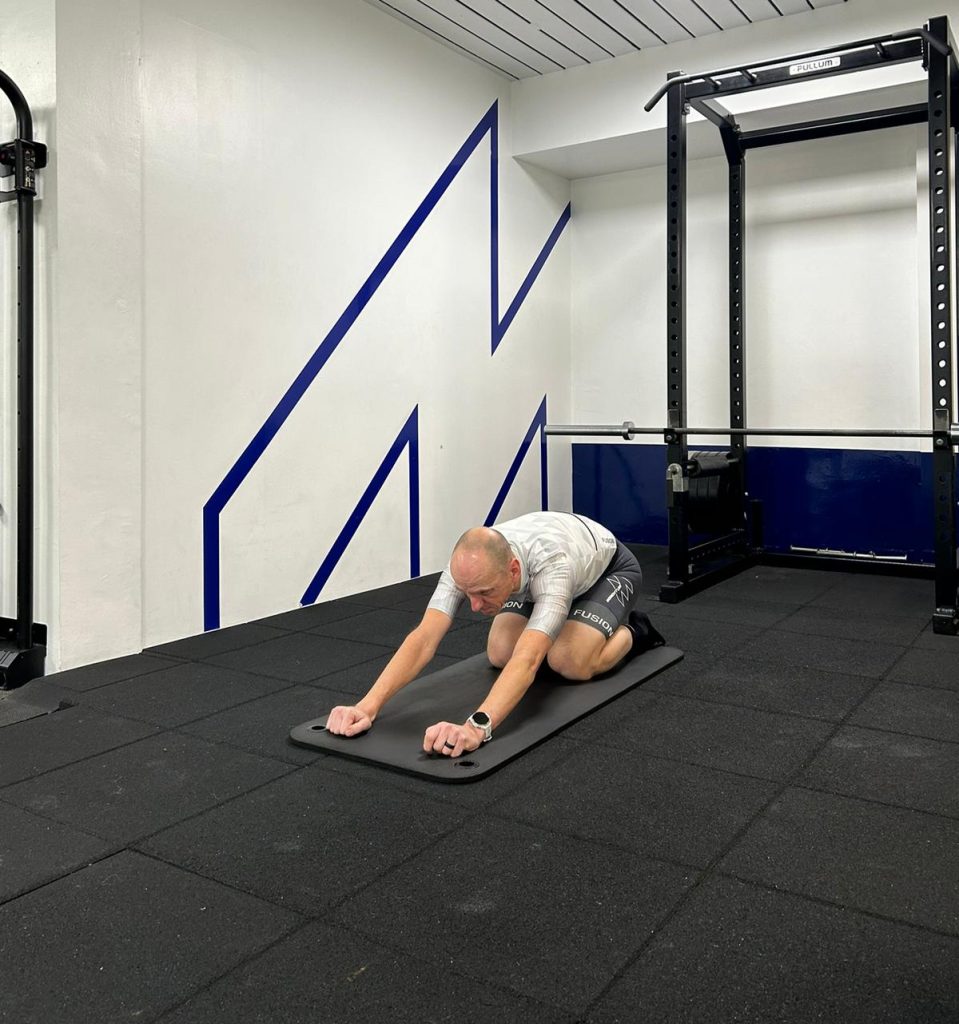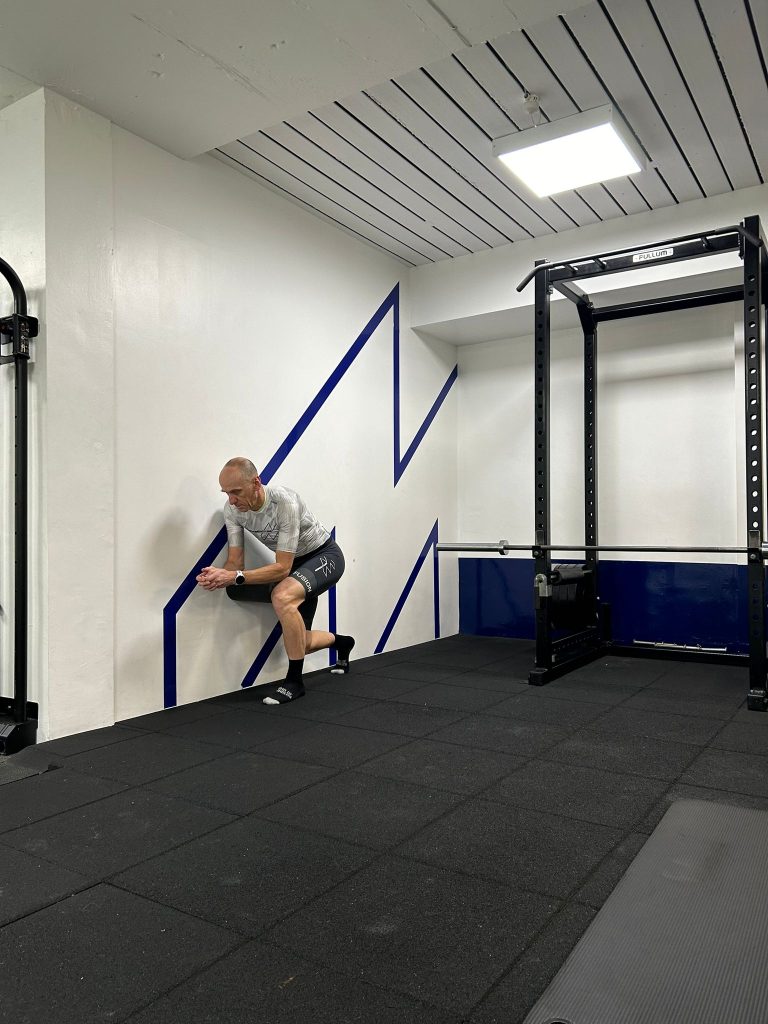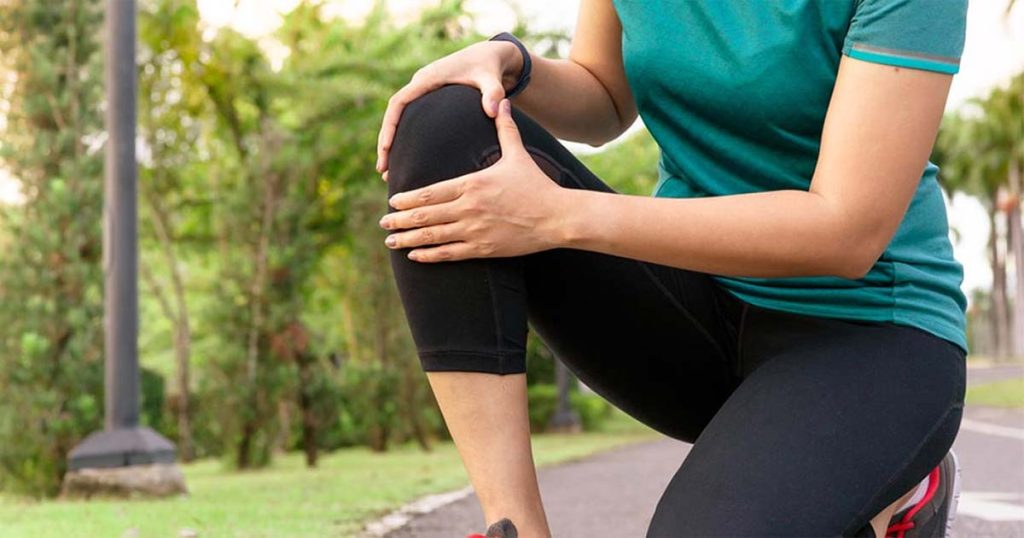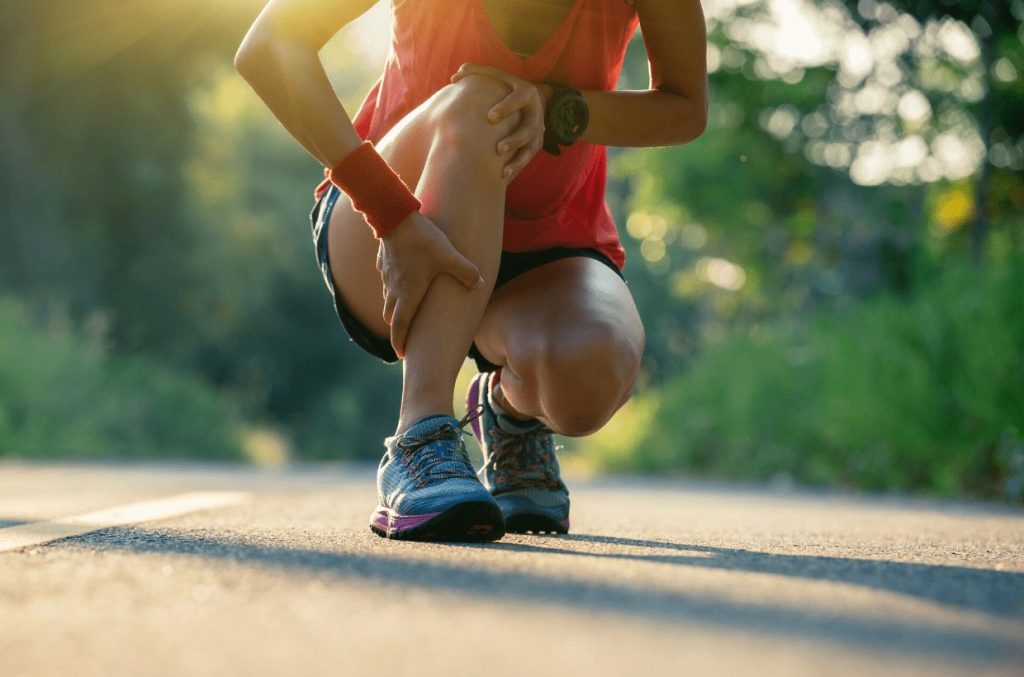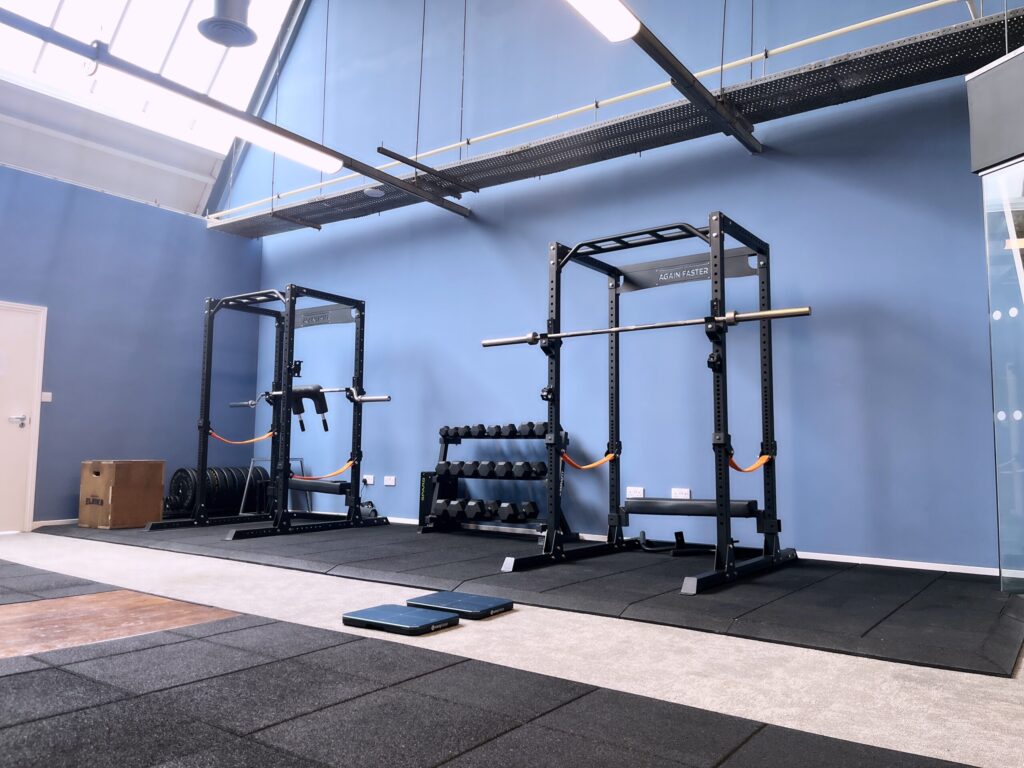Introduction
Cycling requires a tremendous amount of lower body strength, endurance, and flexibility. While leg strength and cardiovascular endurance are often prioritised, having good hip mobility is a crucial but often overlooked aspect that can greatly benefit cyclists. In this article, we will discuss the significance of hip mobility for cyclists and how it can enhance their performance and prevent injuries.
What is hip mobililty?
Hip mobility refers to the range of motion available at the hip joint. It encompasses the ability to flex, extend, abduct, adduct, and rotate the hips freely and fluidly. When cyclists have adequate hip mobility, they can maintain optimal biomechanics, allowing for efficient pedal strokes, greater power output, and reduced strain on other joints and muscles.
Benefits of Hip Mobility for Cyclists:
1. Enhanced Pedalling Efficiency
Proper hip mobility allows for a smooth and efficient pedal stroke. Cyclists with restricted hip mobility may experience unnecessary lateral movement while pedalling, leading to wasted energy and reduced power output. With improved hip mobility, cyclists can maximize every pedal stroke and maintain a more consistent and efficient cadence.
2. Increased Power and Speed
A wide range of motion in the hips enables cyclists to generate more power from their leg muscles. Efficient energy transfer through the hips allows for stronger and more forceful pedal strokes, resulting in increased speed and performance.
3. Injury Prevention
Limited hip mobility may contribute to various cycling-related injuries and pain such as saddle comfort, patellofemoral pain, and lower back pain. Maintaining adequate hip mobility helps distribute forces evenly, reducing the risk of overuse injuries and strain on adjacent joints and muscles.
4. Improved Posture and Stability
Hip mobility plays a crucial role in maintaining proper posture and stability while cycling. A balanced hip joint allows cyclists to maintain a neutral spine, preventing excessive rounding or arching. This promotes better bike handling, reduces the risk of back pain, and allows for better control over the bike in various riding conditions. During a bike fit session sometimes we are limited to the position we can achieve simply through having tight restrictive hips.
Exercises to enhance hip mobility
1. Hip flexor strength as well as stretching
Lunges, kneeling hip flexor stretches in some cases, and dynamic mobility like reverse lunges can help help loosen tight hip flexors, a common issue in cyclists. ‘Tight’ hip flexors are often weak.
2. Hip Rotations
Exercises can progress from simple knee to chest/yoga rest position for hip flexion to seated hip rotations and 90/90s to promote hip joint flexibility in all planes of motion.
3. Glute Activation
Strengthening the glute muscles through exercises like single leg squats, focus on hip internal rotation, step ups can help stabilize the hips and counteract the effects of tight hip flexors.
4. Yoga and Pilates
Can have its place incorporated into a cyclist’s training routine to enhance overall hip mobility, flexibility, and core strength.
Here’s some to get you started:

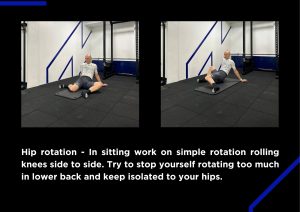
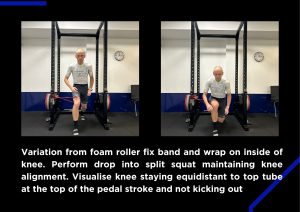
conclusion
Hip mobility is an essential component of cycling performance and overall musculoskeletal health. By incorporating hip mobility and strength exercises into your training routine, cyclists can expect to experience improved pedalling efficiency, increased power and speed, reduced risk of injuries, and enhanced posture and stability. Prioritizing hip mobility will allow cyclists to maximize their potential and enjoy a more comfortable, efficient, and enjoyable cycling experience on a road or TT bike.
So, next time you hit the road or trail, don’t forget to give your hips the attention they deserve!
Why not book in for a bike fit and movement assessment to start enhancing your overall mobility and performance.
